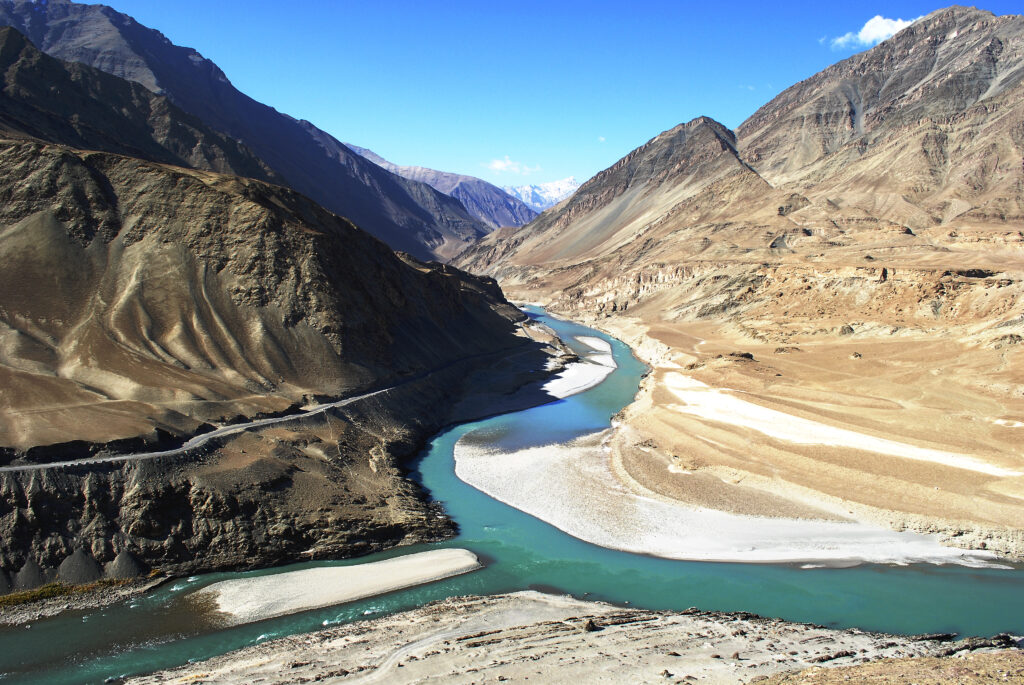Introduction
Rivers have a timeless allure that captures the human imagination. Flowing through landscapes, providing life, and carving valleys, rivers are more than just bodies of water; they are symbols of continuity, change, and beauty. This article delves into why people fall in love with rivers, exploring their historical significance, ecological importance, and the personal connections people form with these natural wonders.
Historical Significance of Rivers

Rivers have been central to human civilization since ancient times. The world’s earliest civilizations, including those in Mesopotamia, Egypt, and the Indus Valley, flourished along riverbanks. These waterways provided essential resources such as water for drinking and irrigation, transportation routes, and fertile land for agriculture. Read more about the historical importance of rivers here.
The Ecological Importance of Rivers
Rivers are vital to the environment. They support diverse ecosystems, providing habitats for countless species of plants, animals, and microorganisms. Rivers also play a critical role in nutrient cycling, sediment transport, and the hydrological cycle. Explore the ecological significance of rivers.
Cultural and Spiritual Connections
Throughout history, rivers have held significant cultural and spiritual meanings. Many cultures revere rivers as sacred, and they often feature prominently in myths, legends, and religious practices. For example, the Ganges River in India is considered holy by Hindus, who perform rituals and ceremonies along its banks. Learn about the cultural significance of rivers.
Personal Stories: Falling in Love with a River

Personal connections to rivers are often profound and deeply emotional. People fall in love with rivers for various reasons, including their beauty, the sense of peace they bring, and the memories they hold. Here are a few stories that illustrate these connections:
- John’s Connection to the Mississippi River: Growing up near the Mississippi River, John spent countless hours fishing, boating, and exploring its banks. The river became a backdrop to his childhood adventures and a constant presence in his life. Read John’s story.
- Maria’s Spiritual Journey on the Amazon River: For Maria, a trip to the Amazon River was transformative. The river’s vastness and the richness of the surrounding rainforest inspired a deep sense of awe and connection to nature. Discover Maria’s journey.
The Healing Power of Rivers
Many people find solace and healing in the presence of rivers. The sound of flowing water, the sight of the river’s endless journey, and the sense of connection to nature can be incredibly therapeutic. Research has shown that spending time near water can reduce stress, improve mood, and enhance overall well-being. Learn about the healing power of water.
Recreational Activities on Rivers
Rivers provide numerous recreational opportunities that allow people to connect with nature and enjoy the outdoors. Popular activities include kayaking, canoeing, fishing, swimming, and hiking along river trails. These activities not only offer physical benefits but also foster a deeper appreciation for the natural environment. Explore recreational activities on rivers.
The Impact of Rivers on Local Communities
Rivers significantly impact local communities, often serving as economic lifelines. They support industries such as agriculture, fishing, and tourism, and provide essential resources for daily life. Communities along rivers often develop unique cultures and traditions centered around the waterway. Read about the impact of rivers on communities.
Conservation Efforts and Challenges
Despite their importance, many rivers face significant threats from pollution, dam construction, climate change, and over-extraction of water. Conservation efforts are crucial to protecting these vital ecosystems. Organizations and communities around the world are working to restore and preserve rivers through initiatives such as clean-up projects, habitat restoration, and sustainable water management practices. Learn about river conservation efforts.
Case Study: The Colorado River

The Colorado River is a prime example of a river that holds immense ecological, cultural, and economic value. Flowing through seven U.S. states and Mexico, it provides water to millions of people and supports diverse ecosystems. However, it faces significant challenges, including overuse and drought. Efforts to manage and conserve the Colorado River are ongoing and critical to its future. Explore the story of the Colorado River.
The Future of Rivers: Sustainability and Stewardship
The future of rivers depends on sustainable management and stewardship. This includes balancing human needs with ecological health, protecting water quality, and ensuring that rivers can continue to support diverse life forms. Education and community involvement are key to fostering a culture of respect and care for these precious resources. Read about sustainable river management.
Conclusion
Rivers are more than just geographical features; they are lifelines that sustain ecosystems, cultures, and communities. The love people have for rivers is a testament to their beauty, significance, and the profound impact they have on our lives. By understanding, appreciating, and protecting rivers, we ensure that future generations can continue to fall in love with these incredible natural wonders.
Related Posts
- The Importance of Water Conservation
- Exploring the World’s Most Famous Rivers
- The Benefits of Spending Time in Nature
- Sustainable Practices for Protecting Rivers
This comprehensive guide explores the deep connections people form with rivers, highlighting their ecological, cultural, and personal significance. Whether for recreation, healing, or spiritual connection, rivers continue to inspire and captivate people around the world.
